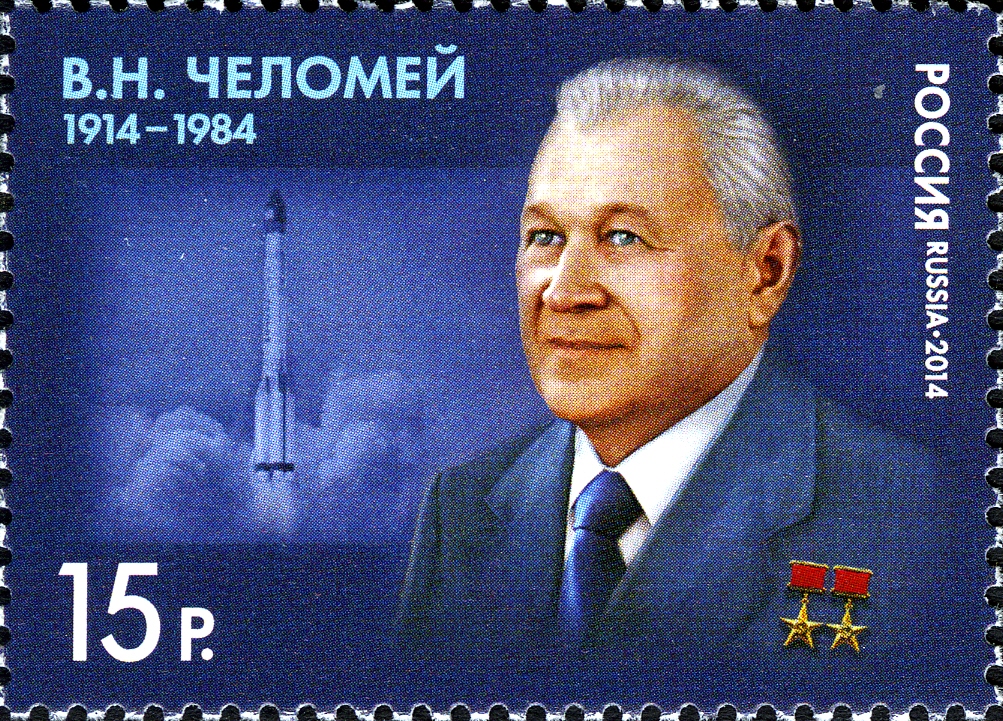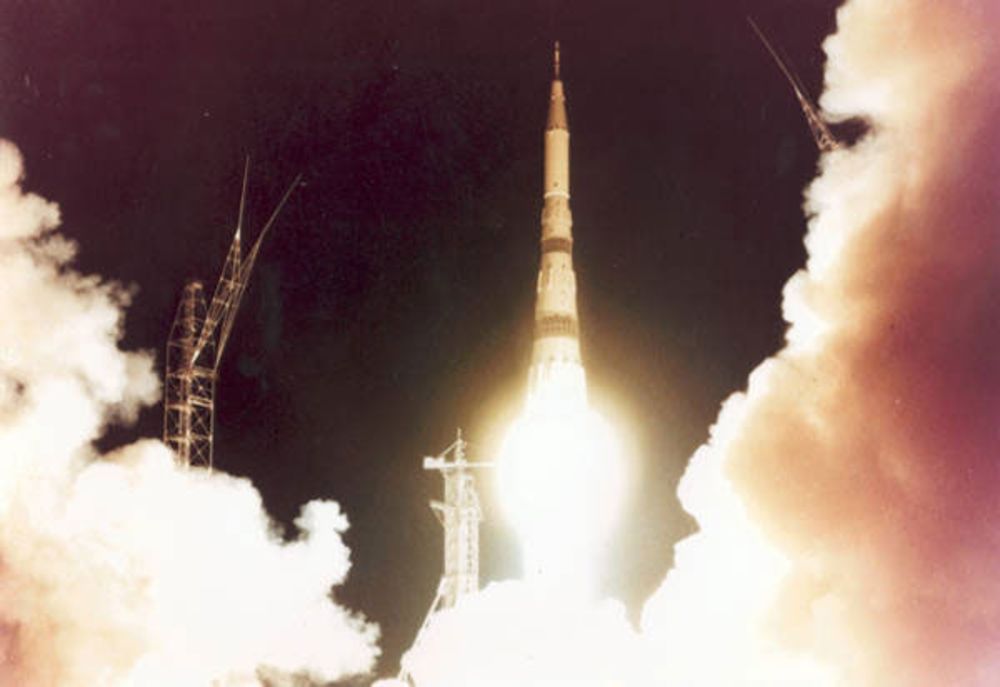This is the seventh in a series of posts in celebration of the fiftieth anniversary of Apollo 11 and man’s first landing on the Moon. In this post I will discuss the Soviet Union’s Lunar program taking a detailed look at the factors and decisions that not only enabled the American Apollo program to achieve the first landing on the Moon, but which doomed the Russians to never even achieving a Lunar landing.
Actually back during the 1960s the Soviet Union never even admitted to having a Lunar program, they denied they were even in a race. The Americans may have committed themselves to getting to the Moon by 1970, the Russians said, but we will continue to explore space in our own direction at our own pace.
Even after the Apollo landings the Russians did not admit to having lost anything. Oh, they congratulated the Americans for their achievement. At the same time however they maintained that they were concentrating their efforts toward long-term habitation of Low Earth Orbit (LOE), which they did in the 1970s and 80s with their Salyut and Mir space stations. As far as anyone in the west knew for certain, there never was a space race!

In fact the Russians were absolutely determined to get to the Moon first, to beat the Americans. In the 1960-62 time frame the Russians were in the lead in space and they fully intended to stay there. The recognition and respect that the Soviet Union had gathered from their achievements in space only made them hungry for more. More than that they had come to regard the new frontier of space as where their Soviet / Communist system would prove its superiority to decadent capitalism. It was only years later, after of collapse of the Soviet Union that the full extent of the Russian Lunar program finally became public.


It turned out the Soviet’s had two Lunar programs, and that was probably their first mistake! The larger Russian program was led by their ‘Chief Designer’ Sergei Korolev, the man who had put both Sputnik and Yuri Gagarin into orbit. Korolev knew that he would never have as much money and resources as the United States could spend on Apollo so his plan was a scaled down version of NASA’s program. Korolev’s version of the Saturn V launch vehicle was called the N-1 and would have been capable of sending just about half as much payload out of Earth orbit and on a trajectory to the Moon. See image below.

Because of the reduced capability of his launch vehicle Korolev had to scale down all of the other components of a Lunar mission. A modified 2-man version of the Soyuz spacecraft would carry two cosmonauts to Lunar orbit from where a single-man Lunar lander would take a lone cosmonaut to the Moon’s surface, see images below.


Imagine for a moment if you will what it would have been like to be that lone human being rocketing down to the Moon’s surface. At least Neil Armstrong and Buzz Aldren had each other for support as they went ‘where no man had gone before’. The Russian cosmonaut would have been alone as no other human had ever been.
The second Soviet Lunar program was led by Vladimir Chelomei and would not actually have placed a cosmonaut on the surface of the Moon. Instead Chelomei intended to use his large Proton rocket, originally called the UR-500, to send a two-man Soyuz on a single loop journey around the Moon. If you’re wondering why the Soviet government would even fund a program that wasn’t even intended to go all the way well there were two reasons. First unlike the rockets Korolev built that took days to fuel and were unusable as weapons of war, Chelomei promised a large rocket that used storable fuel and that could be converted into an Intercontinental Ballistic Missile (ICBM). Second, let’s just say that Chelomei was better at playing politics, flattering his bosses on the Politburo, one of his chief assistants was actually the son of Soviet Premier Nikita Kruschev.
In the long run Chelomei’s Proton rocket did become Russia’s most successful heavy lift launch vehicle, placing into orbit the Salyuts, Mir and even modules of the International Space Station (ISS). During the space race however Chelomei just sucked much needed funds away from Korolev’s program.

Then in January of 1966 the Soviet program suffered the loss of it’s chief designer as Sergei Korolev died on the operating table after entering the hospital for routine surgery for a bleeding polyp in his large intestine. Now Korolev had been sick for years, ever since being sentenced to a gulag by Stalin, and he’d literally worked himself to exhaustion to keep the Soviet space program on top. The precise effect of the loss of one man cannot ever be known but the fact that the Russian space program would experience several major setbacks in the next few years leaves you to wonder what Korolev would have done if he’d not died.
The first disaster occurred just a year later as the Russians launched their new Soyuz spacecraft on its first mission. A catastrophic entangling of the descent parachutes during the landing resulted in the death of cosmonaut Vladimir Komarov. Since the Soyuz spacecraft was a central component of both Soviet Lunar programs the tragedy of Soyuz one was a major blow.

Worse was to come for in 1967 the first two test launches of Chelomei’s Proton launch vehicle both ended in failure while in February of 1969 the first test launch of Korolev’s monster N-1 rocket exploded only seconds after launch.

With the failures of the first tests of the Soviet heavy launch vehicles the race over, Apollo 11 would land successfully on the Moon just five months later. Still, the Russians could have kept trying; coming in second is better than failing to finish isn’t it.
In fact they did keep trying, testing their huge N-1 rocket three more times, with each test resulting in the total destruction of the rocket less than a minute after launch. After the final failure on 23 November of 1972 the entire Soviet Manned Lunar was not only canceled but orders went out to deny that it had ever existed.
So why did the Soviet Union never get to the Moon? Was it the political infighting between two Lunar programs? Was it the death of Korolev? Or did the Americans simply outspend their cold war adversaries? A bit of all three if you want my opinion. As the space race came to its end there was only one competitor left, the first man on the Moon would be an American.
